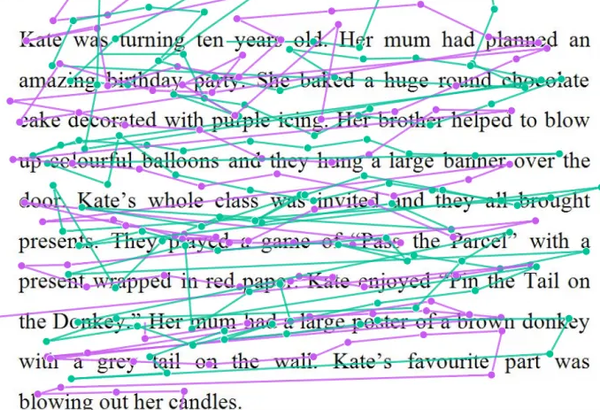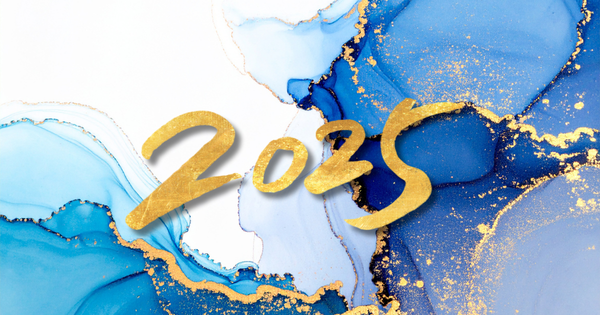What are language isolates?
A language isolate is a language that is unrelated to any other known language.

There are at least 159 known language isolates used either today or in the past, constituting 39% of the world’s approximately 407 language families (Campbell 2018: xi).
Why can’t linguists figure out how isolates are related?
It’s true that all languages are related if you go back far enough, but linguists can’t peer that far back into history. The oldest attested writing only dates to ca. 5500 BP (Before Present), and the oldest reconstructable language (Proto-Afroasiatic) only dates to ca. 10000 BP—and that reconstruction is questionable. The most detailed and accurate reconstructed language is Proto-Indo-European, which most estimates date to ca. 8000 BP. There are simply limits to how far back linguists can reconstruct a language.
Back when scholars thought that language evolved just 30000 BP (when behaviorally modern humans appeared) and historical linguistics was still testing its limits, it didn’t seem like much of a stretch to think that linguists could reconstruct the first human language—Proto-World. But today we know that language most likely coevolved with the Homo genus over millions of years, making reconstruction of the first proto-language simply impossible.
Prefer a video version of this post? Watch here!
Why study isolates?
Linguists are especially interested in language isolates because they provide insights into language history and how language works in ways that other languages can’t. Isolates tell us what the linguistic landscape in an area might have looked like before larger languages or families spread into that region. For example, the Sandawe language is an isolate and a click language spoken in East Africa, but most click languages are spoken in southern Africa. Sandawe is most likely a holdover from a period before the Bantu languages spread across Sub-Saharan Africa, when much of the continent may have been populated by speakers of click languages.
Isolates also tend to contain features that are unique or rare in other language families. If these languages disappear, language science loses important insights into the possible ways that language can work.
How do languages become isolates?
A language becomes an isolate when all the other languages in its family go extinct. Historically, the most likely cause of this is the Agrarian Revolution (a.k.a. Neolithic Revolution), when humans began farming and settling into sedentary communities. The Agrarian Revolution happened at different times in different places, but began around 12000 BP in the Fertile Crescent.
The development of large urban centers was the first time that languages grew to more than a few thousand speakers, and as a result they displaced many other local languages. Prior to the Agrarian Revolution, there many have been as many as 20,000 languages. Today there are around 7,200 still in use.
Languages are still disappearing today of course, and the colonial era contributed significantly to the rate of extinction, but this led to fewer new isolates than the Agrarian Revolution did simply because we have better documentation of languages starting in the colonial period. Unless a language was already an isolate when Europeans first encountered it, early linguists in Western colonies were quickly able to group the world’s languages into families. Thomas Jefferson, for example, pioneered a project to classify the languages of North America (Jefferson 1801: 193–194, 1808). But no such documentation exists during the Neolithic. Since the Agrarian Revolution occurred farther back than historical techniques can reconstruct, we’ll unfortunately never know what those older language isolates were once related to.
📖 Recommended Reading
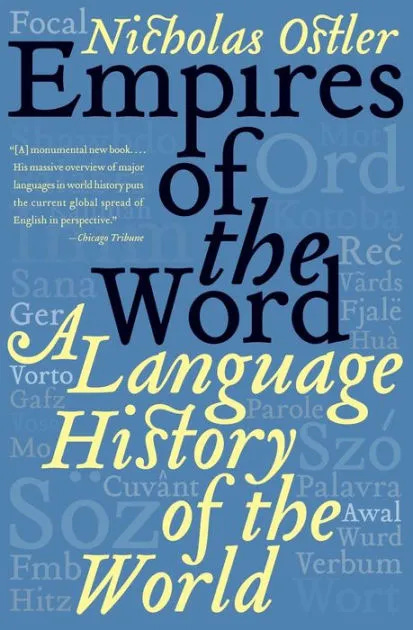
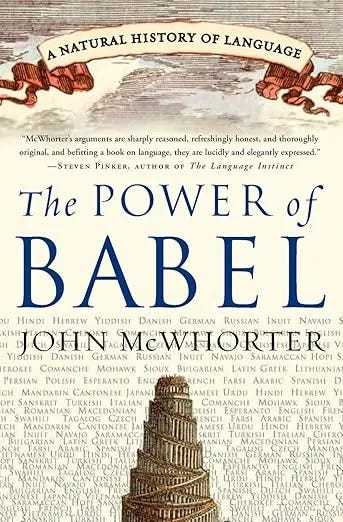
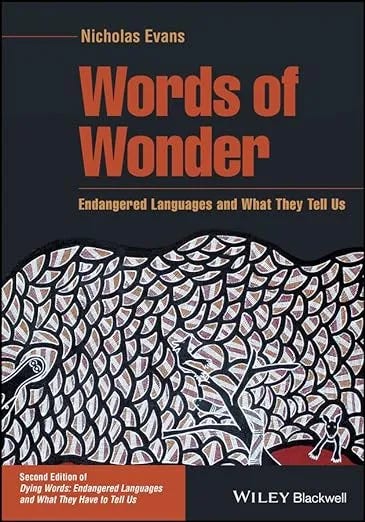
📑 Bibliography
- Campbell, Lyle. 2018. Introduction. In Lyle Campbell (ed.), Language isolates (Routledge Language Family Series), pp. xi–xiv. Routledge. (Amazon | Bookshop.org)
- Jefferson, Thomas. 1801. Notes on the state of Virginia. Philadelphia: Rawle.
- Jefferson, Thomas. 1808. Comparative vocabularies of several Indian languages, 1802–1808 (American Council of Learned Societies Committee on Native American Languages, Mss. 497.J35). Philadelphia: American Philosophical Society Library.
If you'd like to support Linguistic Discovery, purchasing through these links is a great way to do so! I greatly appreciate your support!
Check out my entire Amazon storefront here.

